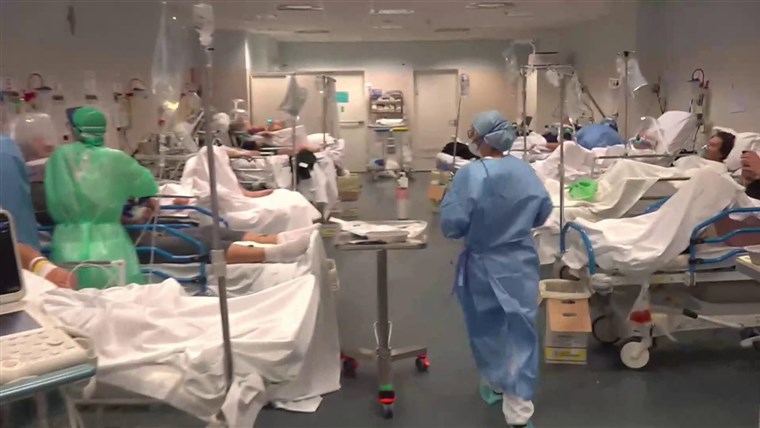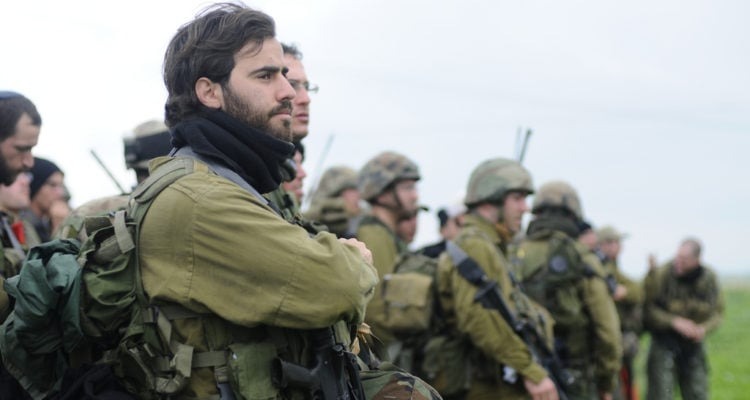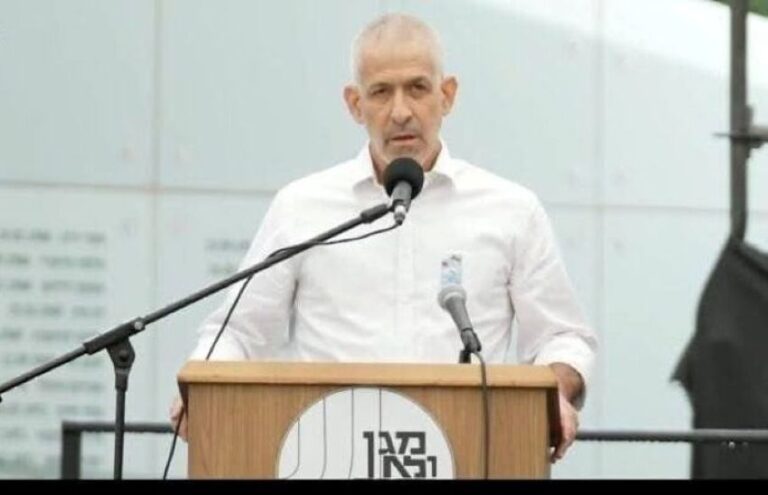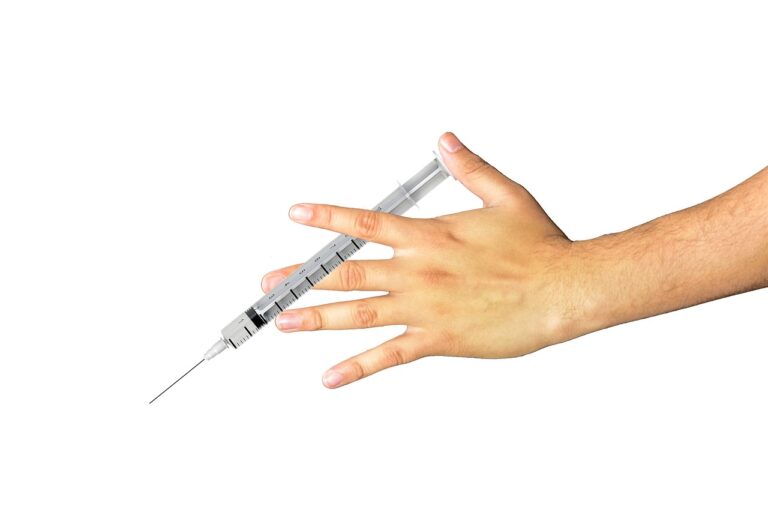By Rabbi Yair Hoffman for 5TJT.com
This week has had a flurry of meetings about how Shuls can eventually re-open safe minyanim. The OU has authored a very detailed roadmap as to how to go about doing this under consultation with expert doctors. There was, initially, an idea that Agudath Yisroel was going to join in with the OU on the roadmap – however, there is greater pressure for Agudah to open up minyanim earlier – and they will probably release a roadmap earlier.
The OU came up with a possible protocol that the shuls should only open up 14 days after the state allows opening. The Agudah, it is rumored, will probably issue a similar roadmap – but without the 14 day clause. This will possibly be released before Shabbos.
If all this is true, then in this matter, it seems that the OU is being machmir on Pikuach Nefesh – while the Agudah is being machmir on matters of ruchniyus (Tefilah b’Tzibbur in this case). A similar debate occurred between the Vilna Beis Din and Rav Yisroel Salanter regarding eating on Yom Kippur during a Cholera epidemic.
Both protocols will probably take into account the Governor’s eight precautions about re-opening businesses.
- Adjust workplace hours and shift design as necessary to reduce density
- Enact social distancing protocols;
- Restrict non-essential travel for employees;
- Require all employees and customers to wear masks if in frequent contact with others;
- Implement strict cleaning and sanitation standards;
- Enact a continuous health screening process for individuals to enter;
- Continue tracing, tracking and reporting
- Develop liability processes.
An overwhelming majority of religious doctors surveyed regarding the issue of re-opening are of the opinion that the dangers involved in re-opening is unchartered taerritory, and the 14 day moratorium is what should be adopted. It is this author’s opinion that the indoor shuls should not open within the 14 days, however, outdoor minyanim may be a different story.
Some Rabbonim in the Five Towns have sent their membership letters that state the following:
Rabbonim who decide to allow outdoor Minyanim, will only permit within the following guidelines, to ensure compliance with New York State law and strict adherence to protocols of social distancing.
1) Each family must remain solely on their own property, and at least 6 feet away from any neighbor. We cannot currently allow Minyanim to form in a single yard, parking lot, or street, even when wearing masks and practicing social distancing [pursuant to the Governor’s Executive Order {202.18} prohibiting non-essential gatherings of ten people in one place – whether in a public or private location- and we must avoid anything of questionable legality (though we naturally deem Minyanim most essential in our lives)]. The only way a Minyan could currently be allowed is for each family to remain on their own property (e.g. porch, front, or back yard), and join with others in their immediate vicinity- where participants can see each other without leaving their individual properties. When safe and appropriate, a few individuals may stand in the adjacent street to complete a Minyan– while practicing social distancing. [The Rabbanim will provide Halachik guidelines for requirements for “tzi’ruf” for such Minyanim, as well as various details of Hilchos Tefilla in these circumstances.]
According to these guidelines, many will be unable to join in a Minyan, as the location of their homes would preclude forming and joining a Minyan without leaving their property. Nevertheless, the above guidelines present the only safe and legal way that Minyanim can currently be allowed.
2) Only OUTDOOR Minyanim are permitted. Under no circumstances may a Minyan be held indoors, even in the event of rain, and even for a Yahrzeit or other chiyuv. People may not gather on a single property or even on the street to schmooze before or after davening. One may certainly not make a ‘Tikkun’ or Kiddush, even for a Yahrzeit.
3) Although the wearing of masks is not required by law in such a setting, we nevertheless strongly encourage that masks be worn at all times when outdoors. As always, donning a mask does not allow any laxity in social distancing.
4) Individuals with underlying health issues, the immuno-compromised, the elderly, or anyone exhibiting COVID-like symptoms, may not participate in a Minyan. Children under Bar Mitzvah should not join.
5) K’rias HaTorah is only permitted if all a’liyos, leining, hagbah and gelilah are done exclusively by one family on their property. No one may bring siddurim, chumashim, chairs, or similar from one property to another.
6) Each Minyan should have a designated individual who is responsible to ensure that all guidelines are strictly adhered to. The individual should report regularly to his respective Rav.
The Rabbonim will b’ezras Hashem continue to reassess and reanalyze this decision on an ongoing basis, in consultation with medical professionals, as new developments unfold. If there is, chas vi’shalom, any evidence of resurgence of new cases or a “second wave,” we will act quickly to take any and all necessary measures to ensure the safety of our community.
AUTHOR’S CONCLUSIONS:
It is this author’s view that the 6 feet should be extended to 8 feet and that it is still too early to open up indoor minyanim. This is based on a survey of over 200 frum doctors. We must remember that a vast majority of frum families in many neighborhoods have housekeepers of an ethnicity where the death rate is still very high and the curve has not flattened. We cannot risk death of our close one’s again – we have lost too many people. It is this author’s view that even two weeks is not sufficient and that only outdoor minyanim with the above protocols should be adopted.
The author can be reached at [email protected]












10 Responses
The last statement was very telling. We cant open the minyanim for among other reasons, because many people still have cleaning women in their homes who come from communities that have higher covid rates. So the reason we dont have minyan is because we have cleaning women?! That’s not being machmir on sakanas nefashos, that’s being meikel in common sense.
I suspect there will be a lot of agmas nefesh among those people who logistically would not be able to participate in a minyan. I know that is how I feel now when I see people going to what I suspect is regular minyan somewhere down the street from me.
It would be a disgrace of unprecedented proportion, if Agudah highhandedly rebuffs OU. But they are well known for their arrogance and disrespect to normal people, such as having the audacity to hold הספדים on יום-העצמאות so disrespectful to the Jewish people.
The cholera epidemic discussed above (and elsewhere) is a good example of rabbanim relying “junk science”, albeit “junk science” that was “politically correct” among the goyim of the day. Cholera is not spread by people breathing the same air (meaning there was no need to close shuls or stop learning together). It is spread by polluted water and food. Much of the early data on Covid19, e.g. death rate, likelihood of those getting infected become seriously ill, danger for children, etc., has since been contradicted. The initial news from before Purim suggested something similar to the “Black death” (before antibiotics) or Smallpox (before the vaccine), where a high percentage of the population was facing an immediate and horrible death – and the reality is that Covid19 is more nuisance than an “end of the world” scenario (raising doubts as to whether Yidden giving up learning and davening together, and abandoning the education of our children, would be warranted).
l’khvod haRav:
What is the source for relying upon “200 frum doctors” rather than “mumchim!!!
Earlichkeit does NOT equal expertise!!
Not “some” rabbonim from the five towns-far rockaway area – the majority! And the neighborhood is ראוי לשבח for heeding rabbinic guidance since this started. Every step is taken cautiously in consultation with doctors and Gedolim. What is rabbi Hoffman’s basis for his opinion?
In a shmuze by R’ Noach Izak Oelbaum, shlita, a few weeks ago, he emphasized the importance of being makpid when the minyanim start and the shuls open on not talking during davening. Articles like this should also emphasize this important if not vital point.
Another important point: I’ve been told by a senior lung surgeon that the virus can be spread via cigarette smoke exhaled by a carrier (and everyone these days has to be considered a potential carrier, which is why we’re stayiing away from anyone), and spreads further than ordinary breath and lingers in the air longer. If you can smell smoke through your mask that’s a sign that the mask isn’t fitted properly and needs to be better fitted. So smokers DO NOT SMOKE AROUND OTHER PEOPLE and if you see anyone smoking move away quickly. There are plenty of other good reasons to avoid secondary smoke but at the present time this one seems vital as it overrides all the other reasons. And tell others about this, you might save lives by doing do.
147: The Moetzes Gedolei hatorah “highhanded”?Rebuffs the OU? Since when does the OU and RCA speak for Klal Yisroel. And who says hespeidim cant be said on Hay Iyar?
rofeharda: One of the doctors is a mumcheh….a rov who is also a leading infectious disease doctor in a Nassau County Hospital.